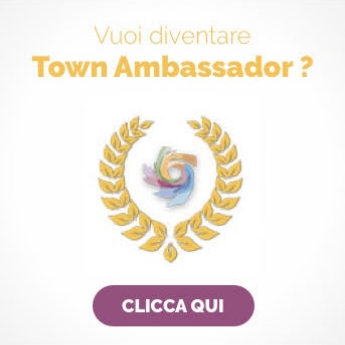

The origin of its name is uncertain and, according to some, the ancient name of Frusna means 'land irrigated by the rivers' in the Etruscan language, hence the name of the Etruscan Gens Fursina. The Romans called it Frusino.
Perhaps this area was 'always' inhabited as demonstrated by some stone artifacts from the Paleolithic and Neolithic periods. The first finds of burials date back to the twelfth century BC and then during the Bronze Age. From the seventh century this was the Volscian territory.
In 306 BC Frosinone allied with the Ernica League and joined with the Romans who won and brought the area under control of the loyal city of Ferentino. Frosinone returned to glory for having fought without surrender against Hannibal during the Second Punic War when General from Carthage was advancing towards Rome just passing through these lands.
During the Empire Frosinone became a colony and these lands were assigned to veterans. While with Christianity two popes were born here, Hormisdas (the 52nd pope) and Silverio who were father and son and who today are the joint patrons of the city.
After the destruction by the Barbarians, the people took refuge on a hill with a fortress and since then Frosinone has always been under the reign of the church. In the fourteenth century it was under the control of Alatri and Ceccano.
In the 1500s it was destroyed by Lanzichenecchi, then by the French, and the Florentines while also being subject to the plague. It began to be rebuilt and according to tradition the main portal of the fortress was designed by Michelangelo, but then a new destruction occurred at the hands of the Spanish fighting against Pope Paul IV in 1556.
In 1557, with the Treaty of Cave, Frosinone became the seat of the church governors of the southern provinces which became called the Delegation of Frosinone. Between the seventeenth and nineteenth centuries Frosinone had its heyday with new buildings and a new urban plan.
A fresh period of destruction took place in 1798 by the French who wanted to punish the inhabitants for their revolt. This incident is still remembered every year with the Festival of Radeca, and carnival.
In 1870, with the unification of Italy, Frosinone still looked like a medieval city enclosed by perimeter wall with two doors and a fortress. It was appointed capital of the area and a new urban development started thanks to the Rome-Fiuggi-Alatri-Frosinone railroad built in 1863.
The most recent destruction of Frosinone took place in 1943, during the Second World War, with 56 allied bombing raids. When in 1944 the Canadians of the Loyal Edmonton Regiment entered the city they found it 'empty and ruined', by their words. It was one of the most war-torn cities of the second world war. Its current architecture reflects the necessary rush to rebuild after the war but without much style or vision to create a historical record. Fortunately Frosinone has strong artistic and musical cultures that reward locals and the fortunate visitor.


































Follow us